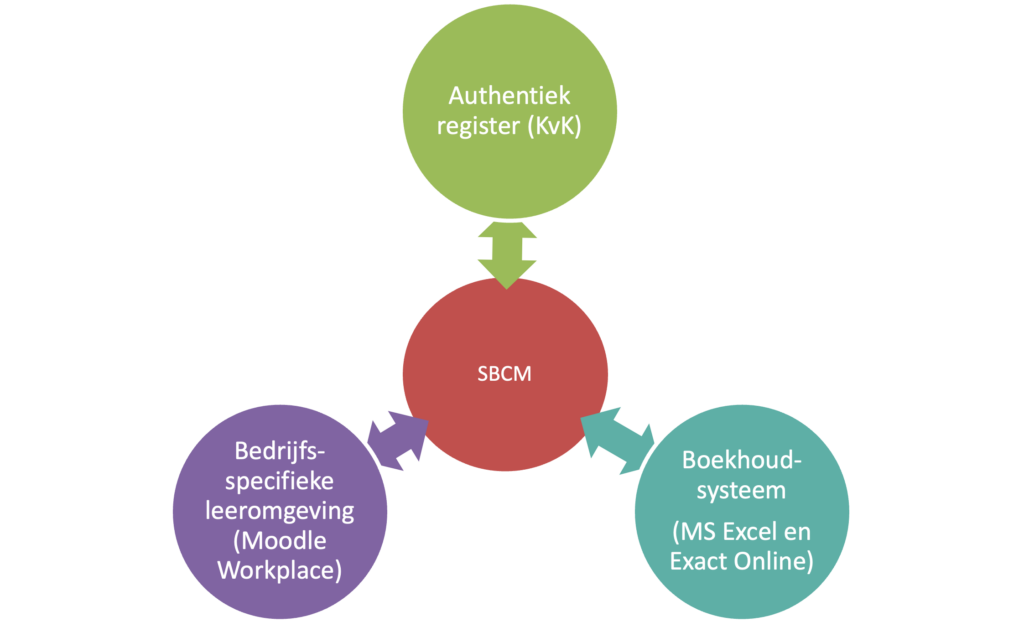Introduction
In response to comments and suggestions from users of the SBC Management System (SBCM) submitted to the Functionality Board (FB), SBR Powerhouse has developed this User Story 001. In addition, the FB has formulated functional requirements.
In this blog we discuss the functionalities that the IT professionals have worked on and discuss the added value for users of the SBCM.
Minor adjustments in SBCM
To start with, SBCM customers are enthusiastic about the possibilities and ease with which they can keep their privacy accounting up to date with the system. Their comments and suggestions that we have incorporated into this User Story are the following:
- The type of the data element ‘Data set’, ‘Purpose’ and ‘Processing’ change from string to text. Then integrate it into the user interface;
- Space to fill in contact details under the ‘Stakeholder’ label;
- Change the name of the ‘Relationship’ tab to ‘Relation’. This clarifies the function of this tab; and
- Enabling multi-factor authentication when logging in.
Develop business activities and processes in layers
Users of the SBCM can create and maintain a hierarchical layering in business activities and business processes. This functionality allows the user to gain detailed insight into business activities.
Develop legal and functional organizational structure
The legal and functional organizational structure consists of:
- a hierarchical structure of the holding company and operating companies (we call this legal entity management, LEM); and
- a hierarchical structure per entity of departments and roles (the management of the functional organization).
We call the management of the legal and functional organizational structure the LEM.
SBR Powerhouse understands that collecting company data is easier when there is a connection to an authentic register of company data. The trade register of the Chambers of Commerce is such an authentic register. We are currently investigating how we can use this authentic company data at the LEM.
The company fills in the functional company data (departments and roles) itself. SBCM helps the user to manage the functional organizational structure as easily as possible. Ultimately, the company links roles to internal and external employees.
The company uses the legal and functional organizational structure to organize knowledge management in the company-specific learning environment of Duthler Academy. One of the focus areas of knowledge management is information security and the protection of personal data. We can say that the SBCM manages the logistics of knowledge management, information security and the protection of personal data.
The following situation arises with regard to company data:

Figure 1. Your company data and the relationship with other systems
What is the added value for a user of SBCM?
With the above functionalities, the SBCM offers the user more added value in the field of information security and the protection of personal data.
- A systematic insight is created into the business activities and supporting business processes, making it clear what the company’s domain of responsibility and liability is;
- Linking the business activities to the legal and functional structure shows the degree of organization. Because the relationships between business processes and supporting IT systems are visible, management can infer the effectiveness of the IT systems.
Linking the SBCM with the company-specific learning environment of Duthler Academy gives the organization an accessible and inexpensive opportunity to demonstrably make employees aware and, if desired, train them for information security and the protection of personal data; and - The company has demonstrably gained control over organizing security and protecting personal data.
Finally
Developing new functionalities of SBCM is a careful process. We develop and test the requested functionalities using short sprints. If the FB deems it responsible, we will put functionalities into production. We inform the users of the SBCM about the availability of new functionalities.
Once the User Story has been developed by the IT professionals, the FB then orders the website, knowledge bases and training programs to be adjusted. Then the next User Story starts.

